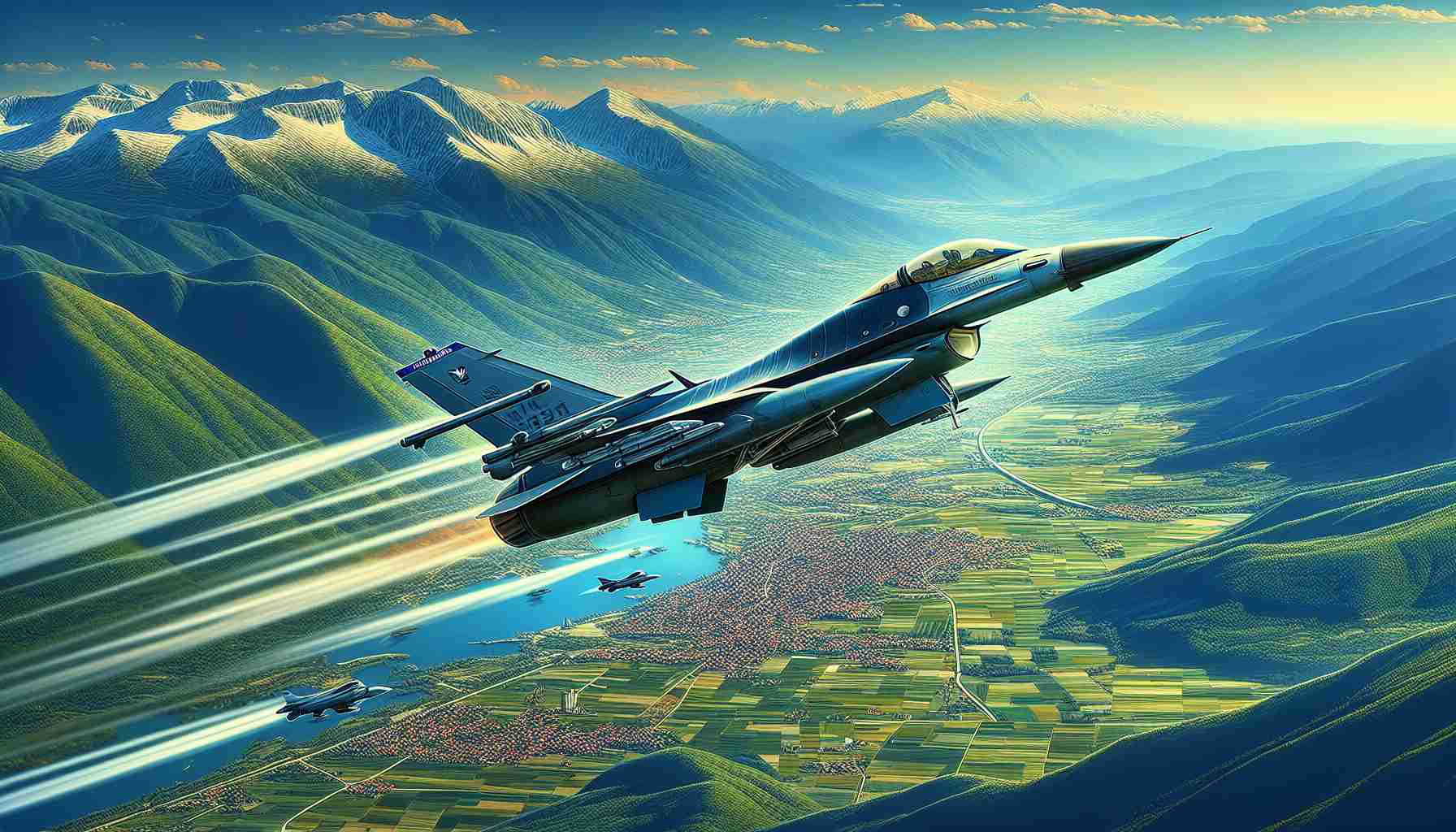- Bulgaria has officially received its first F-16 Block 70 fighter jet, marking a pivotal upgrade in its military capability.
- The partnership with the United States enhances Bulgaria’s defense and bolsters security in the Black Sea region and NATO’s eastern flank.
- A total of sixteen F-16s will be delivered, along with advanced simulators, weapons, and munitions.
- Training for 32 Bulgarian pilots in the U.S. is underway to prepare them for the new aircraft.
- This transition from MiG-29s to F-16s aligns Bulgaria with countries already employing these modern jet fighters.
- Overall, Bulgaria’s military modernization includes enhancements to radars, air defense systems, and armored vehicles, reinforcing its strategic position in Eastern Europe.
Bulgaria is soaring into a new era of military might as it officially welcomes its first F-16 Block 70 fighters! On January 31, a momentous ceremony at Lockheed Martin’s Greenville, South Carolina facility celebrated the handover of this advanced two-seater jet, identified as “301.” Minister of Defense, Atanas Zapryanov, emphasized the significance of this milestone, noting how this partnership with the United States not only fortifies Bulgaria’s defense but enhances security across the Black Sea region and NATO’s eastern flank.
Images and videos shared by the Bulgarian Ministry of Defense unveiled the meticulous preparations leading up to this event, highlighting the excitement surrounding the arrival of these cutting-edge jets. Bulgaria is set to receive a total of sixteen F-16s, with new simulators, weapons, and munitions accompanying each aircraft.
Training is ramping up too. In total, 32 Bulgarian pilots will be trained in the United States, preparing them to master these formidable aircraft. The anticipation is building, as the arrival of the first two F-16 Vipers is expected by late March or early April.
This transition marks a significant shift from outdated MiG-29s to a modern fleet of F-16s, aligning Bulgaria with other nations already utilizing these advanced fighters like Bahrain and Slovakia. As part of a broader modernization strategy, Bulgaria is concurrently enhancing its military capabilities with new radars, air defense systems, and armored vehicles.
The takeaway? Bulgaria is not just upgrading its jets; it’s solidifying its defense strategy and positioning itself as a pivotal player in Eastern Europe’s security landscape.
Bulgaria’s Air Power Revolution: The Era of F-16s Has Arrived!
Bulgaria Joins the Ranks of Modern Air Forces with F-16 Block 70 Fighters
Bulgaria’s military modernization is gaining momentum with the recent induction of its first F-16 Block 70 fighters. This ceremony at Lockheed Martin’s facility heralds a critical advancement in the country’s defense capabilities, reflecting a strategic shift from outdated MiG-29s to state-of-the-art F-16 Vipers. Contextually, this transition is part of Bulgaria’s broader goal of enhancing security in the Black Sea region and bolstering NATO’s eastern flank in response to emerging threats.
Key Developments and Innovations
1. Comprehensive Associate Programs: Along with the F-16s, Bulgaria is set to obtain advanced simulators and a range of weapons, enhancing pilots’ training and operational readiness.
2. Pilot Training Expansion: Bulgaria is investing in the training of 32 pilots in the U.S., ensuring mastery of the F-16’s advanced systems. This includes not only piloting skills but also tactical operations and maintenance training.
3. Military Capabilities Enhancement: The modernization plan includes upgrading radar systems, air defense systems, and armored vehicles, indicating a systematic approach to strengthening overall military readiness.
Market Trends and Forecasts
As Bulgaria embraces modern air technology, this mirrors a broader trend among Eastern European nations that are prioritizing modernization amidst shifting geopolitical landscapes. Demand for advanced fighter jets is likely to increase, particularly in light of Russia’s growing assertiveness in the region. Analysts project a continued push for upgraded defense mechanisms across NATO Eastern European allies, with potential future acquisitions of additional systems and capabilities.
Addressing Important Questions
Q1: How will the arrival of F-16s impact Bulgaria’s military strategy?
A1: The integration of F-16s significantly enhances Bulgaria’s aerial capabilities, allowing for more effective deterrence and response strategies against regional threats. The advanced technology of the F-16s enables superior air dominance and interoperability with NATO allies.
Q2: What are the anticipated challenges in transitioning to the F-16?
A2: Transition challenges include the need for comprehensive pilot training, maintaining logistical support for new systems, and ensuring adequate infrastructure for operational readiness. Additionally, adapting to new tactical doctrines associated with F-16 operations will require time and investment.
Q3: What implications does Bulgaria’s fighter jet modernization have for NATO?
A3: Bulgaria’s modernization efforts strengthen NATO’s eastern flank, enhancing collective defense capabilities. This contributes to greater deterrence against potential aggressors and fosters closer integration with allied air forces, facilitating coordinated operations in response to threats.
Related Links
For further insights on Bulgaria’s military developments and NATO’s eastern strategy, visit NATO, or stay updated on European defense issues at EU Observer.
